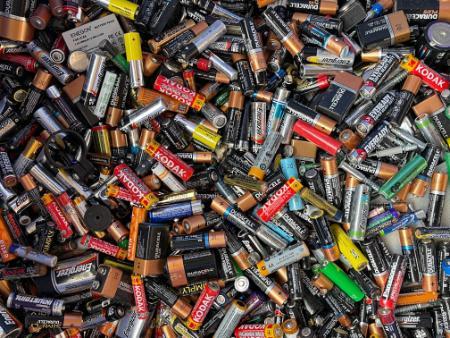Batteries and Accumulators Directive (Directive 2006/66/EC)

The Directive on Batteries and Accumulators and Waste Batteries and Accumulators (Batteries Directive) aims to reduce the environmental impact of a wide range of batteries and accumulators placed on the market within the EU. The Directive achieves this objective by restricting the levels of certain hazardous substances in the products concerned and by setting targets for their recycling. The Directive also imposes product labelling requirements.
The Directive applies to virtually all battery types from button cells to industrial batteries including those supplied in products. There are certain exemptions allowed e. g. those used in emergency and fire alarms, medical equipment, those designed exclusively for military systems and equipment intended for space applications.
Substances restricted under the Directive
| Substance/Substance group | Maximum allowable concentration: |
|---|---|
| Cadmium | 0.002% by weight |
| Mercury | 0.0005% by weight |
Product labelling
The Directive requires product information to be provided by appropriate labelling, e.g. for proper disposal of the waste battery. Also, batteries containing more than 0.002% cadmium by weight (where permitted) and/or more than 0.0005% mercury by weight (where permitted) and more than 0.004% lead by weight must be labelled to indicate the heavy metal concerned. The Directive also specifies the dimensions of the labels to be affixed to the products which depend on the battery type/size.
Find out more about the Batteries Directive
Batteries and Accumulators Directive – Directive 2006/66/EC.
European Commission – Batteries and Accumulators Legislation.
European Commission – Sustainable Batteries.
European Commission – Proposed Batteries Regulation and Annexes.
Comparison between the RoHS Directive and Batteries Directive
The aims of the RoHS and Batteries Directives are similar and the mechanisms used to achieve these goals include restricting the amounts of certain hazardous substances incorporated in the products. Manufacturers, importers and retailers of EEE and batteries covered by the Directives must ensure they only offer compliant products. However, the Directives differ in certain ways as outlined below.
| RoHS Directive | Batteries Directive | |
|---|---|---|
| Scope (general): | Electrical and Electronic Equipment | Batteries and accumulators only |
| Restricted substances: |
Cadmium, Chromium VI, Lead, Mercury, Phthalates (DEHP, BBP, DBP and DIBP), Polybrominated Biphenyls, Polybrominated Diphenyl Ethers. |
Cadmium, Mercury |
| Level of application: | Component/Homogenous material | Total product weight. |
The following are some of the additional requirements under the RoHS Directive
- Manufacturers and importers of electrical and electronic equipment must ensure there is at least one economic operator, e.g. manufacturer, importer or authorised representative, located within the EU, with official responsibilities to ensure products are compliant before they can be made available on the market;
- Products must be supplied with a Declaration of Conformance. This shows authorities and consumers the necessary checks have been made to ensure the product is compliant;
- Products covered by the Directive must bear the CE marking; and
- Manufacturers or importers must ensure their products bear their name and contact details.